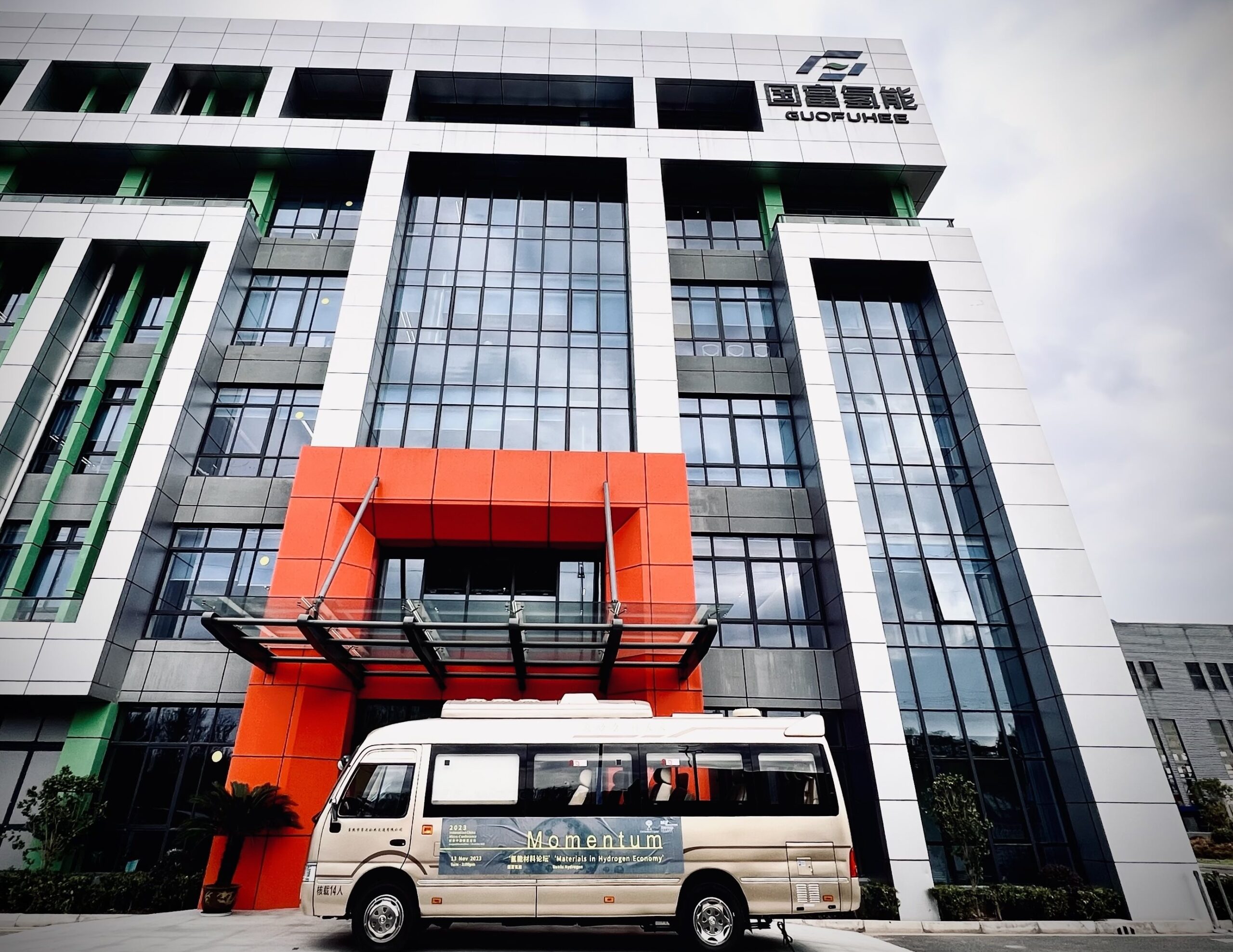
The two-day micro Innovation Conference China forum started with ‘Materials in Hydrogen Economy’ at CM’s portfolio company Guofu Hydrogen in Zhangjiagang, Jiangsu, China. With a focus on the Chinese hydrogen industry, the general takeaway is: favorable policies for hydrogen energy have helped with rapid growth in annual fuel cell sales in China, but more needs to be done.
Guofu Hydrogen today is a lead player in the Chinese market, and CM Venture is proud to have invested early in 2019 – a time when they had no manufacturing equipment to speak of. Today, Guofu owns 33 acres of land to home its facilities in Zhangjiagang, Jiangsu. Forum attendees touring the facilities and were impressed at the scale and depth of Guofu’s technology.
On-site forum speakers included Mikael Naouri, Head of Hydrogen Business at Air Liquide, Wan Jun, Hydrogen Business Development from Arkema and Dr Christian Neumann, Tech Evangelist, Heraeus. Here are key takeaways from the session.
Momentum event opening video with CM CEO Dr Min Zhou & Guofu Chairman Wu Pinfang
Air Liquide, a worldwide leader in hydrogen energy, shared what China can do to accelerate its development of the hydrogen industry:
Arkema shared an update on a new breakthrough material applicable to hydrogen storage cylinders:
Dynamic Hydrogen, a CM Venture portfolio startup, shared its breakthrough tech which offers significant cost reduction potential in hydrogen production via “PEM Electrolyzer Membrane Electrodes with Low-Iridium Catalysts”. Heraeus, a CM Venture LP, also shared how recycling and thrifting precious metals are key to keep global hydrogen production sustainable. Cummins Inc. also shared a presentation on ‘Water Electrolyzer Status and Development Trend’, with insights on advances on Cummins PEM electrolyzer technology and cost-reduction targets. In summary:
Collaboratively, the challenges in developing low-Iridium PEM Electrolyzer Catalysts & Membrane Electrodes are clear:
Cummins Inc. also projected the cost reduction and reliability of PEM Electrolyzers outlook:

Video header subtitle